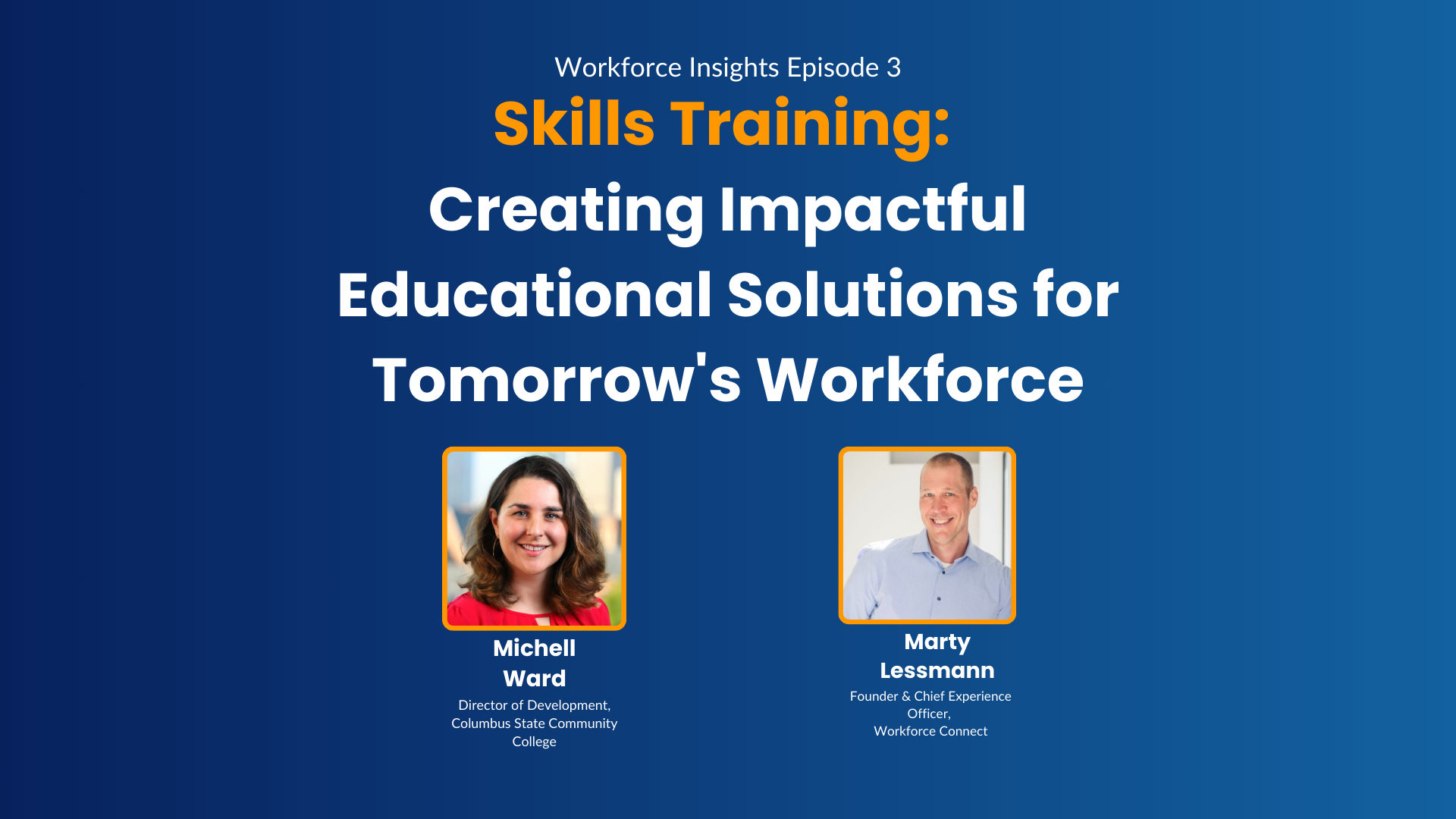Insights Overview
The workforce landscape in 2025 presents institutional leaders with both challenges and opportunities to drive meaningful change. Shifts in community partnerships, alignment of training programs with evolving industry needs, and the adoption of emerging technologies are transforming workforce development.
This Workforce Insight explores these key trends and provides actionable steps to help institutional leaders adapt and thrive. By leveraging strategic partnerships, embracing data-driven technologies, and prioritizing agility, leaders can position their organizations at the forefront of workforce innovation.
Introduction
In 2025, workforce leaders are tasked with navigating an increasingly dynamic environment. From addressing the growing demand for skilled talent to leveraging advanced technologies, institutions must pivot to meet the needs of both students and employers.
This Workforce Insight explores:
- Key workforce trends shaping 2025
- The role of community and industry partnerships in workforce development
- Strategies to align training programs with market demands
- The transformative power of emerging technologies in workforce programs
Key Workforce Trends Shaping 2025
Evolving Community Partnerships
Strong partnerships between community colleges, workforce boards, and local employers remain the cornerstone of successful workforce programs. These collaborations are evolving to meet regional economic needs and expand their impact.
- Trend: Partnerships are becoming more data-driven and outcome-focused, aligning with specific regional demands.
- Key Strategies: Develop flexible, employer-tailored training programs and leverage partnerships to share resources and expertise.
Aligning Skills with Industry Needs
The skills gap continues to grow, making it critical for institutions to align their training programs with rapidly changing industry needs.
- Trend: High-demand industries such as healthcare, IT, and renewable energy are shaping workforce curricula.
- Key Strategies: Conduct regular labor market analyses, engage employers in curriculum design, and emphasize certifications for quick job placement.
The Rise of Technology in Workforce Development
Emerging technologies like AI, workforce management platforms, and data analytics are revolutionizing workforce development.
- Trend: Institutions are adopting tech-enabled solutions to enhance program delivery, streamline collaboration, and measure success.
- Key Strategies: Implement platforms like Workforce Connect to automate processes, improve program accessibility, and grow workforce partnerships.
From Strategy to Action: Leadership’s Role in Workforce Trends
Agility in Leadership
Leaders must adopt agile strategies to quickly respond to labor market demands. This includes using predictive analytics to forecast workforce needs and collaborating across sectors for resource optimization.
Prioritizing Equity and Access
Equitable access to workforce programs remains a priority. Leaders must design programs that provide opportunities for underserved populations, ensuring workforce diversity and inclusivity.
Technology-Driven Leadership
Adopting and integrating technology into workforce programs is essential for success. Leaders must champion digital tools that enhance collaboration, streamline operations, and measure outcomes effectively.
Real Success Stories: Trends in Action
Pima Community College, Arizona
Pima partnered with local manufacturers to design a short-term advanced manufacturing program using cutting-edge training simulators. The program has resulted in an 80% placement rate for graduates.
Houston Community College, Texas
By integrating AI-powered platforms into its IT training programs, Houston Community College has improved student engagement and achieved a 20% increase in certification completion rates.
Fresno City College, California
Fresno City College collaborated with renewable energy employers to offer a green energy technician program. The initiative prepares students for high-demand green jobs and boasts a 90% job placement rate within six months of graduation.
Conclusion
As 2025 unfolds, institutional leaders have an unprecedented opportunity to shape the future of workforce development. By prioritizing strong partnerships, aligning training programs with industry needs, and embracing emerging technologies, leaders can drive impactful change. This Workforce Insights provides a framework for navigating the trends shaping the workforce landscape and empowering institutions to meet the challenges ahead.
References
- American Association of Community Colleges. (2024). The Future of Workforce Development.
- Community College Research Center. (2023). Aligning Training with Industry Demands.
- U.S. Bureau of Labor Statistics. (2024). Occupational Projections for 2025.
- Pima Community College. (2024). Manufacturing Program Overview.
- Houston Community College. (2023). IT Program Success Metrics.
- Fresno City College. (2023). Green Jobs Initiative Annual Report.




